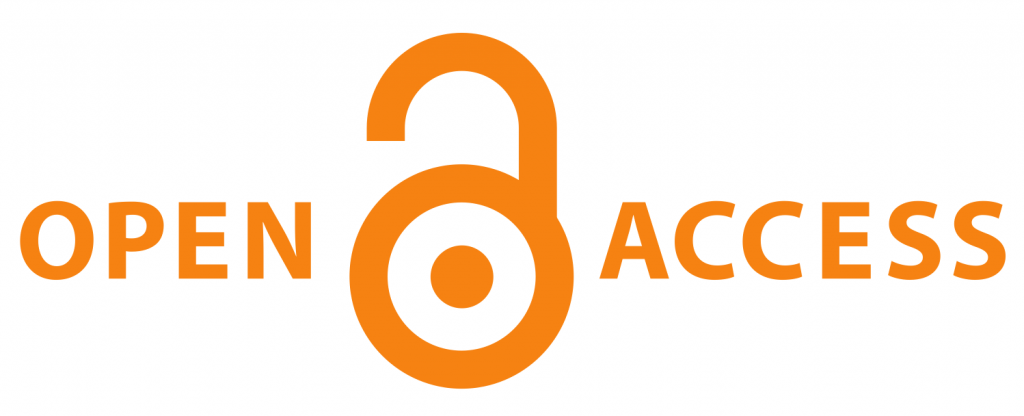Clinical & Radiological Perspective of Snigdha & Ruksha principles in the management of Cervical Spondylosis - A Case Study
DOI:
https://doi.org/10.21760/jaims.10.2.43Keywords:
Nasya, Panchakarma, cervical spondylosis, ayurveda, manyastambha, Case ReportAbstract
Introduction: In contemporary society, neck pain affects both young and aged individuals, posing a significant problem and ranking as the second most common musculoskeletal disorder after low back pain. Cervical spondylosis, characterized by wear and tear on the soft structures and bones of the spine, is the medical term for neck pain in older individuals, although it can also impact younger people. This condition involves a broad spectrum of degenerative changes affecting all components of the cervical spine. This case study focuses on a 30-year-old male patient presenting with severe pain and restricted movement in the cervical region, with x-ray results showing complete straightening of the cervical spine.
Methods: The patient underwent Ruksha & Snigdha line of treatment, involving: Valuka Sweda and Matra Vasti (with Brhat Saindhavadi Taila) for 7 days. Gomutra Vaitarana Vasti for 5 days. Nasya with Prasarani Taila for 14 days, with an increasing dose of 2 drops every day till 36 drops. Greeva Vasti with Tila Taila for 7 days. Dasamula Kasaya Vasti and Anuvasana Vasti in Yoga Vasti pattern
Results: Following treatment, the patient experienced significant improvements, including: Pain reduction (90%), Stiffness alleviation (90%), Increased range of movement (95%). This case study also demonstrates clinical and radiological changes evident in x-ray images post-treatment.
Discussion: Initially as the patient was presented with Ama symptoms such as stiffness and pain, Ruksha Chikitsa in the form of Valuka Sweda and Vaitarana Vasti administered. Subsequently, Vatahara treatments such as Abhyanga, Nadi Sweda, and Nasya were employed to relieve aggravated Vata.
Downloads
References
Shastri KA. Susruta Samhita of Maharsi Susruta. Reprint 2016. Varanasi: Chaukhamba Prakashan; Nidana sthana 1/67.
Shastri KA. Susruta Samhita of Maharsi Susruta. Reprint 2016. Varanasi: Chaukhamba Prakashan; Chikitsa sthana 1/20.
Edwards CRW, Bouchier IAS, Haslett C. Davidson’s principles and practice of medicine. 17th ed.
Sastri SN, Pandeya KK. Charak Samhita of Agnivesa, Vidyotini Hindi commentary. Reprint 2015. Varanasi: Chaukhamba Prakashan; Sutrasthana 14/3.
Murthy KRS. Sarangadhar Samhita. Reprint 2017. Varanasi: Chaukhambha Orientalia; Madhyama khand 15/119-123.5. p.127.
Gupta KA. Astanga Hrudayam of Vagbhata, Vidyotini Hindi Commentary. Reprint 2019. Varanasi: Chaukhamba Prakashan; Sutra sthana 6/143.
Kamat SD. Studies on medicinal plants and drugs in Bhavaprakash Nighantu. English commentary. Varanasi: Chaukhamba Prakashan; 2018. Vol 2, Chapter 19/2-3. p.1077.
Kamat SD. Studies on medicinal plants and drugs in Bhavaprakash Nighantu. English commentary. Varanasi: Chaukhamba Prakashan; 2018. Vol 2, Chapter 18/1-2. p.861.
Kamat SD. Studies on medicinal plants and drugs in Bhavaprakash Nighantu. English commentary. Varanasi: Chaukhamba Prakashan; 2018. Vol 2, Chapter 6/43. p.1075.
Mukherjee A, Dwivedi OP. Efficacy of Vaitarana Vasti with respect to Ayurveda. J Drug Deliv Ther. 2018;8(6-s):246-50.
Shastri KA. Susruta Samhita of Maharsi Susruta. Reprint 2016. Varanasi: Chaukhamba Prakashan; Sharira sthana 6/28.
Gupta KA. Astanga Hrudayam of Vagbhata, Vidyotini Hindi Commentary. Reprint 2019. Varanasi: Chaukhamba Prakashan; Sutra sthana 21/1.
Ayurvedic management of Manyasthambha through Greeva Vasti [Internet]. Available from: https://www.bing.com/.
Shastri KA. Susruta Samhita of Maharsi Susruta. Reprint 2016. Varanasi: Chaukhamba Prakashan; Sutrasthana sthana 38/72.
Murthy KRS. Astanga Sangraha of Vagbhata. Reprint 2005. Varanasi: Chaukhambha Orientalia; Vol II, Kalpa sthana 5/68-71. p.595.
Rawat N, Roushan R. A critical appraisal on the mechanism of action of Basti procedure of Ayurveda in perspective of modern physiology. Int J Res Ayurveda Pharm. ISSN:2229-3566.















